Although it's still difficult to see, the best comet of 2024 is getting closer to the Sun and getting brighter. Here's how to see it.
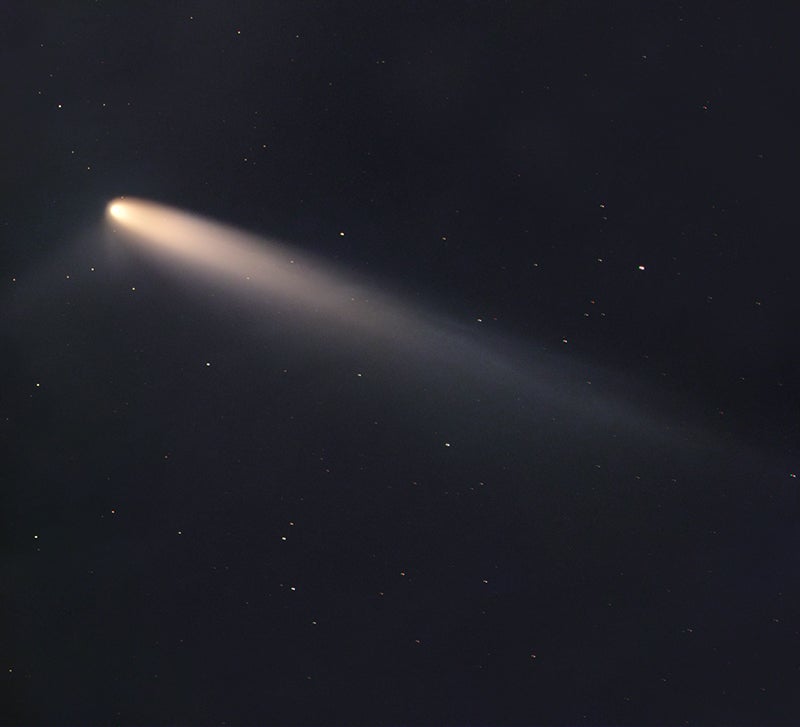
We can only hope that at some point, Comet Tsuchinshan-ATLAS will look this good to the naked eye. However, this image was obtained by capturing 12 minutes of exposure through a 12-inch telescope on September 22. Credit: Gerald Rhemann
Comet C/2023 A3, also known as Comet Tsuchinshan-ATLAS, could become the next bright comet. However, the brightness of these objects is notoriously difficult to predict. But if it continues to shine as it has for the past month, we should be in for a nice show.
The comet's name comes from the two observatories that discovered it: the Purple Mountain Observatory of the Chinese Academy of Sciences (also known as the Chinese Tsuchinshan Observatory) and the Asteroid Terrestrial-impact Last Alert System (ATLAS), a group of four telescopes (two in Hawaii, one in Chile, and one in South Africa) that scan the sky each night for moving objects.
It was first detected by the Tsuchinshan Observatory on January 9, 2023, and then by the South African ATLAS telescope on February 22. At the time of its discovery, the comet was in the constellation Serpens, about 4° south of the globular cluster M5.
Where and how to see the comet
Tsuchinshan-ATLAS is currently located in the constellation Sextans and rises one hour before the Sun for observers in the Northern Hemisphere. It will reach perihelion (its closest approach to the Sun) on September 27, when it will be 58.6 million kilometers from our daytime star. Its closest point to Earth will be on October 14, when it will be 70.7 million kilometers from our planet.
At the time of this writing, the comet has a tail 1° long and shines at magnitude 3.4, which would normally put it within reach of human eyes. But scattered light from the Moon and the onset of morning twilight make it difficult to see. To look for it, go outside before dawn, face east, and use binoculars or a telescope on low power.
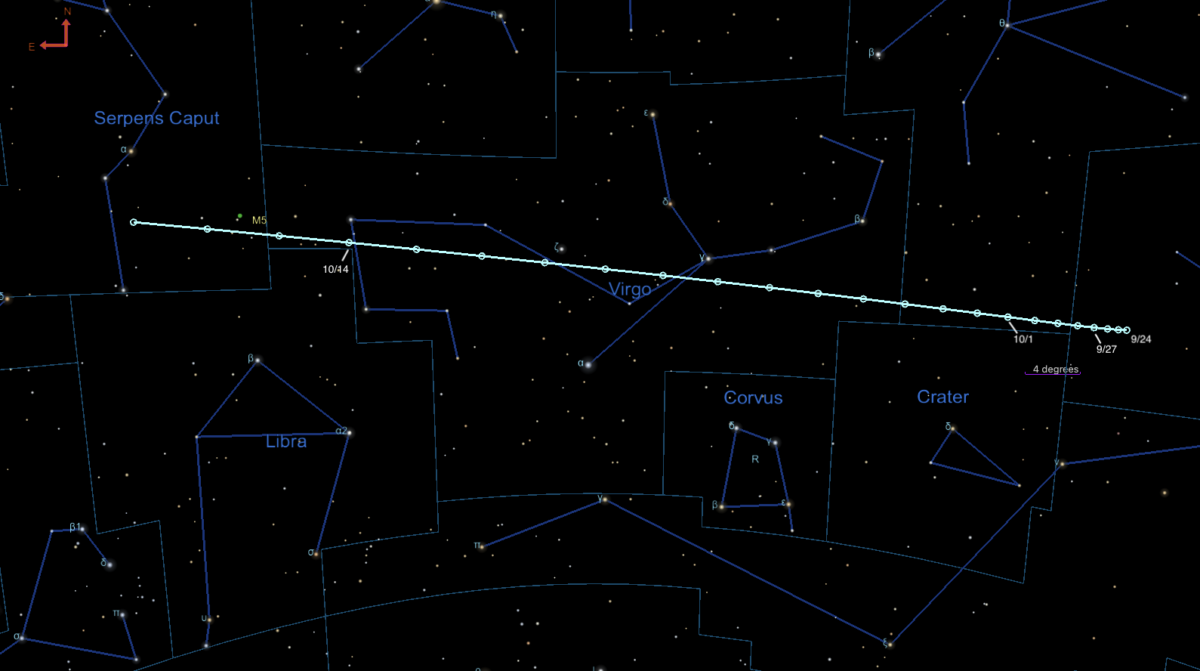
A more productive option will be to wait until Tsuchinshan-ATLAS makes its closest approach to Earth next month. On that date, the comet will again be close to its discovery position, although this time within the boundaries of the constellation Virgo. To find it, point your binoculars or telescope (perhaps just your eyes?) a little more than 4° southwest of M5. The comet will then move through Serpens rapidly and enter the constellation Ophiuchus on the 19th. Then, on October 28, it will be located just south of Ophiuchus' second-brightest star, magnitude 2.8 Cebalrai.
The star will be easy to find. Hopefully the comet too. Good luck!
Be sure to stay tuned for our October newsletter. The sky this month column next week, as well as stay tuned for upcoming Sky This Week Columns for updates and more details on how to observe the comet.








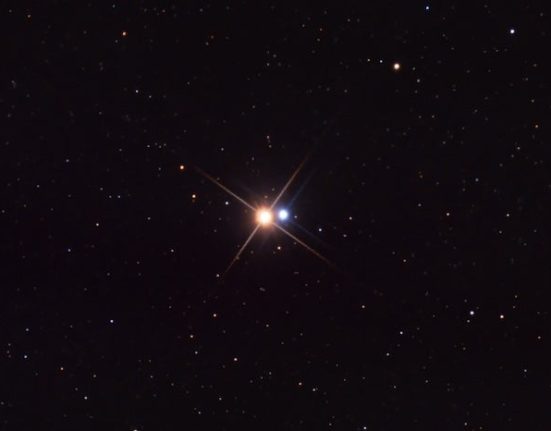
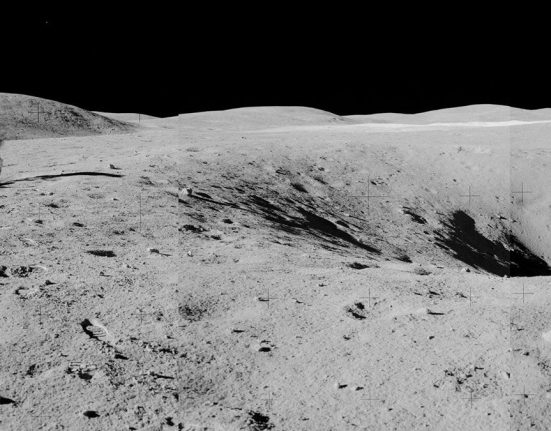
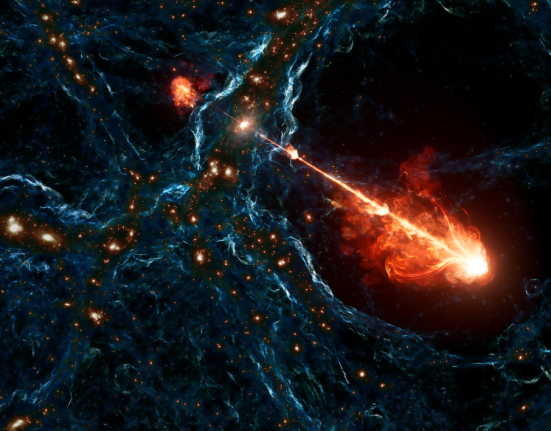
Leave feedback about this